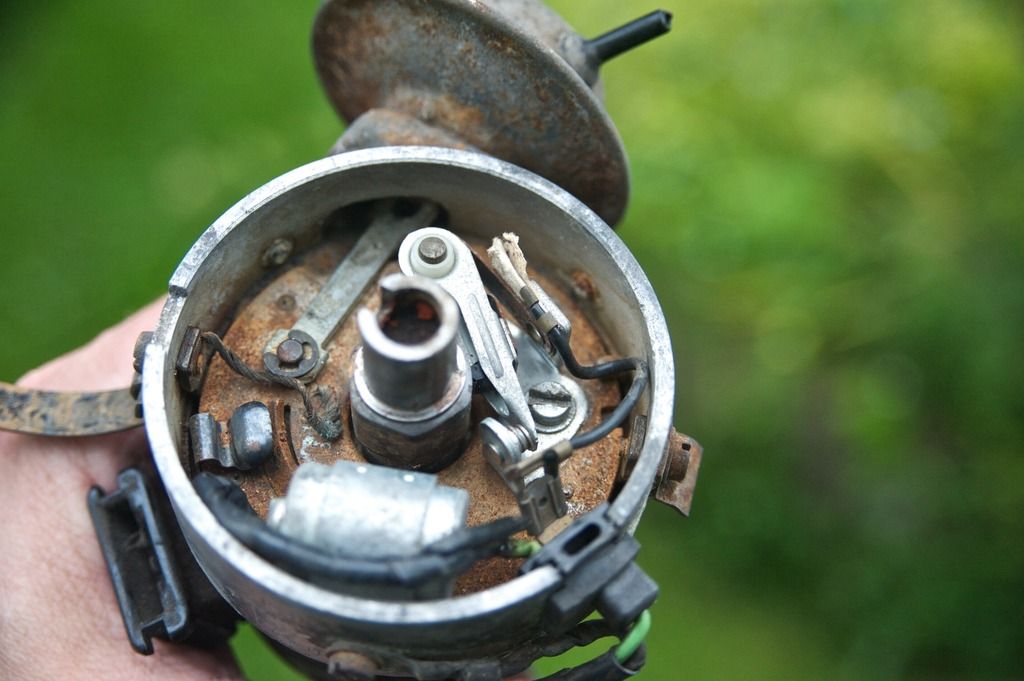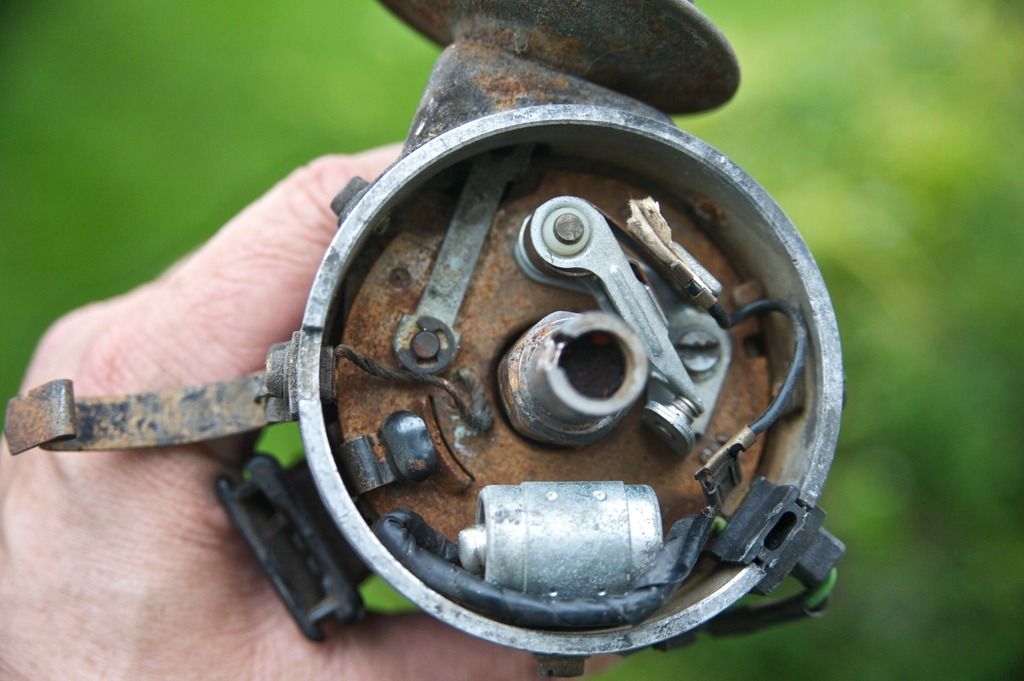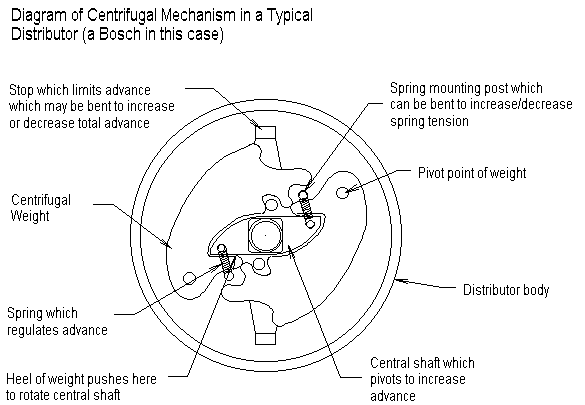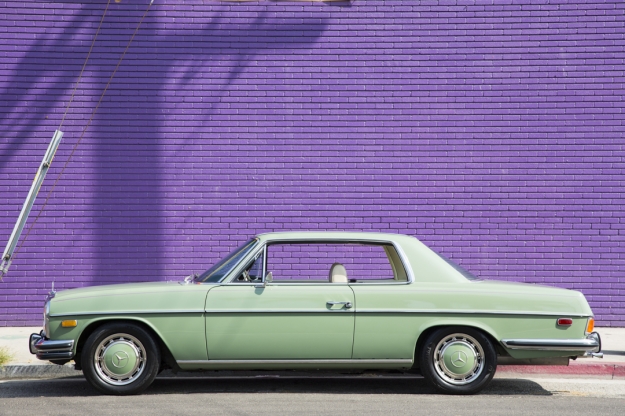Charles Morgan
MB Enthusiast
- Joined
- Feb 2, 2010
- Messages
- 8,206
- Car
- Mercedes 250CE W114, Alfa Romeo GT Coupe 3.2 V6
You should have 'made a tradesman' of it.
I think I get the gist!
Hand a bit better, spent the morning removing the paint and rust from the air filter housing, finding the air inlet sensor location at the same time. Someone had previously painted the thing with rust underneath so getting it back to bare metal is essential. Almost there.
A couple of photos of the distributor after a dust - not bad, some rust to come out but looks trivial.




















